A perfect landscaping situation is where you spend more time relaxing than doing chores in the yard. The soil type is the first and foremost factor that decides the landscape, its activities, and the frequency of maintenance services. Choosing the plants suitable for the soil and selecting additional things which support soil health become equally important. If you’re a novice when it comes to landscaping, there are a few fundamental tips (discussed below) you need to keep in mind and you’re sorted for the longest time. You will end up with a scenic, eco-friendly, and thriving landscape that promises you peace of mind every time you spend time there.
The 5 best landscaping tips for beginners
1. Take time to know your yard
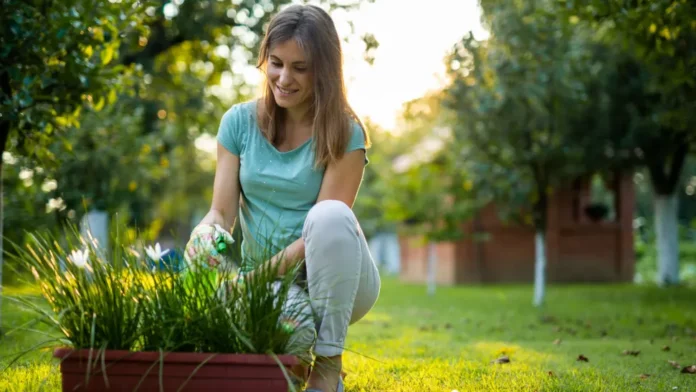
Any plan in landscaping must start with a well-thought-out and constructive layout. Create a master plan that covers the design of the yard, the placement of plants, and other elements you wish to see. Add sit-out areas, pathways, lawn swings or chair-and-table sets, and other things you envision in your dream landscape. Leave some space for things you want to slowly build in the future.
Once you have a sketch ready of the place, this will benefit you by acting as a guide in constructing the same. Based on the opinions and practical implementation of the plan, you will be able to decide on a time frame till its completion. Don’t hesitate to ask for extra time to develop a plan on paper and seek a professional’s advice wherever you’re confused. When rightly done, you will have a foolproof plan ready to be put into action.
2. Check your soil conditions
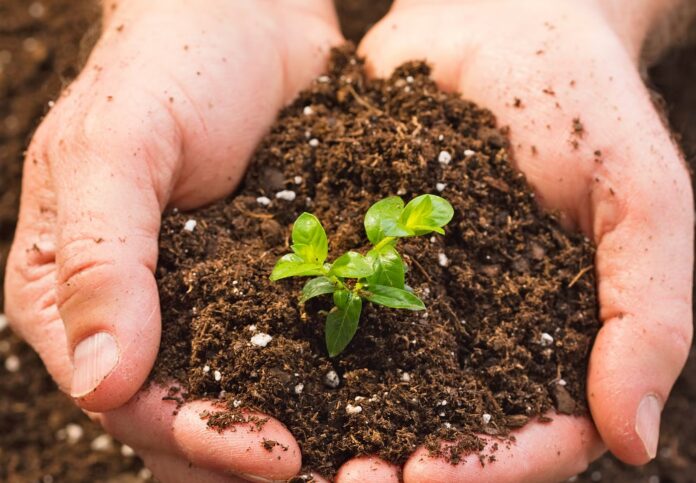
The soil on which you’re setting your landscape must be evaluated for its quality, as it influences everything that grows and builds on it. Test the soil for its pH levels, nutrient content and composition, to name a few. Get experts on board if you have the budget so they can guide you on how to develop its condition in the best feasible manner. Here are some ways you can take care of the soil:
- Aerate your soil so that the water infiltration system improves. Doing so will also improve the water circulation to plants considering the soil has been uptight for quite some time.
- Add compost to the soil to improve soil health. Compost also helps plants to grow by stopping weed growth and soil erosion. Different plants need different soil conditions, so examine them and choose a compost that suits them. In the end, you are saving water and controlling soil temperatures.
- Create a plan where soil conditions aren’t affected. Avoid slopes in your design if possible, as that means more chances of runoff and erosion.
3. Choose your plant babies
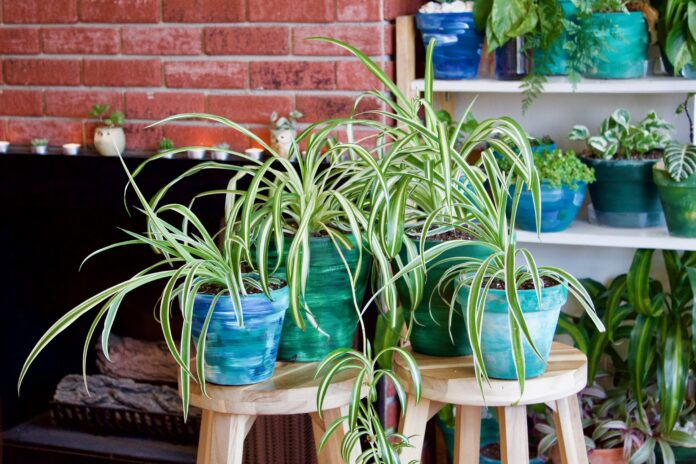
No landscape is considered complete without the presence of plants. They play a powerful role in upping the design quotient in landscaping. Here are some ways to ensure you’ve selected the best plants:
- Evaluate site conditions and plants are apt places. Some areas of the landscape may be under shade, while some may get direct sunlight. Check plants that thrive in both these conditions and plant them accordingly.
- Use native plants that don’t consume much water. Region-based plants grow much better in the region they belong to. Depending on the soil condition, cultivate those plants that are comfortable with the soil and climatic conditions. Similarly, plants that need less water must be preferred so that water usage is minimal.
4. Use maintenance measures routinely
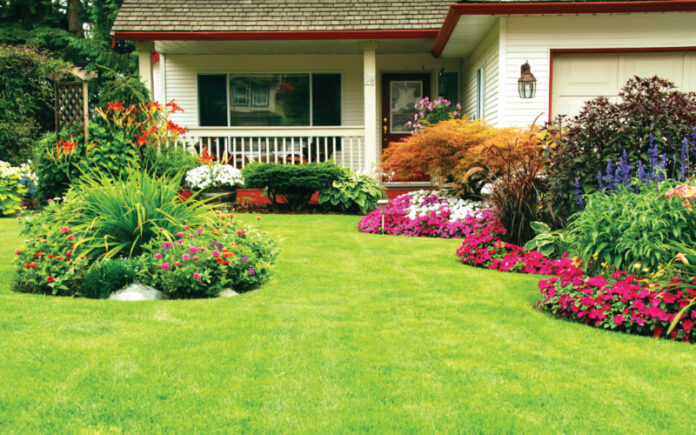
Maintenance is a must if you wish to enjoy the landscape. It’s also needed to maintain cleanliness and improve conditions when required. The following are some maintenance tips:
- Check for weeds often and remove them as much as possible.
- Water the entire area based on climatic conditions.
- Use organic fertilizers only but don’t make your plants and soil dependent on them.
- Bring additional help from a specialized maintenance service once or twice a year.
- Practice optimal usage of water and prune plants atleast once a year.
5. Highlight important areas
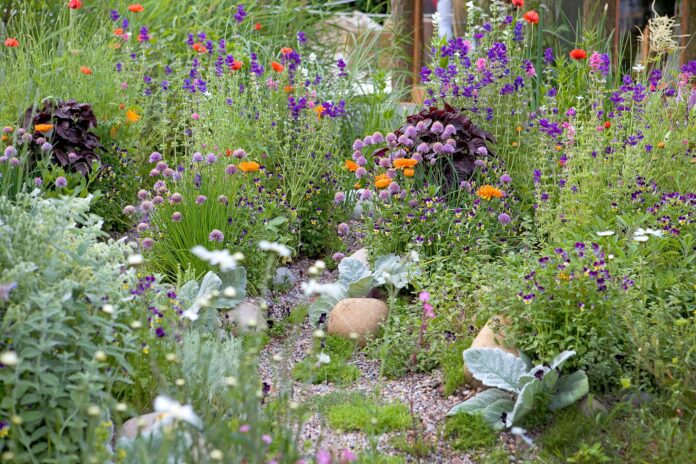
If unique plants are growing in your yard, dedicate a separate space for them. Highlight the area using bright colors and special decor. This place must be where all the attention is as it makes the area more charming.
The importance of pruning and trimming
Pruning and trimming are essential components of landscape maintenance that can help keep your plants healthy, promote growth, and enhance the overall appearance of your outdoor space. Whether you have trees, shrubs, or hedges in your landscape, regular pruning and trimming can make a significant difference in their health and vitality.
One of the main benefits of pruning is that it removes dead or diseased branches from your plants. These branches can be a breeding ground for pests and diseases, which can quickly spread to other parts of the plant or even neighboring vegetation. By removing these damaged or diseased branches, you can prevent further damage and promote new growth.
In addition to promoting plant health, pruning also helps shape plants into the desired form. This is particularly important for trees and hedges that may become overgrown or misshapen over time. By selectively removing certain branches, you can guide the growth of your plant in a specific direction and create a more attractive and functional landscape.
When it comes to trimming hedges, there are additional benefits beyond just aesthetics. Regular trimming encourages fuller growth along the entire length of the hedge while preventing bare patches from forming. Trimming also helps maintain the desired height and width of your hedge so it doesn’t outgrow its intended space.
Landscaping like a pro
Landscape maintenance is not an impossible task if you get the basics right. Practice the above-mentioned tips and work out a cycle that benefits the soil and the plants. With practice, you will soon understand what’s working out in your landscaping plan and what is not. Eventually, you’ll have one that is exactly how you pictured it to be.








